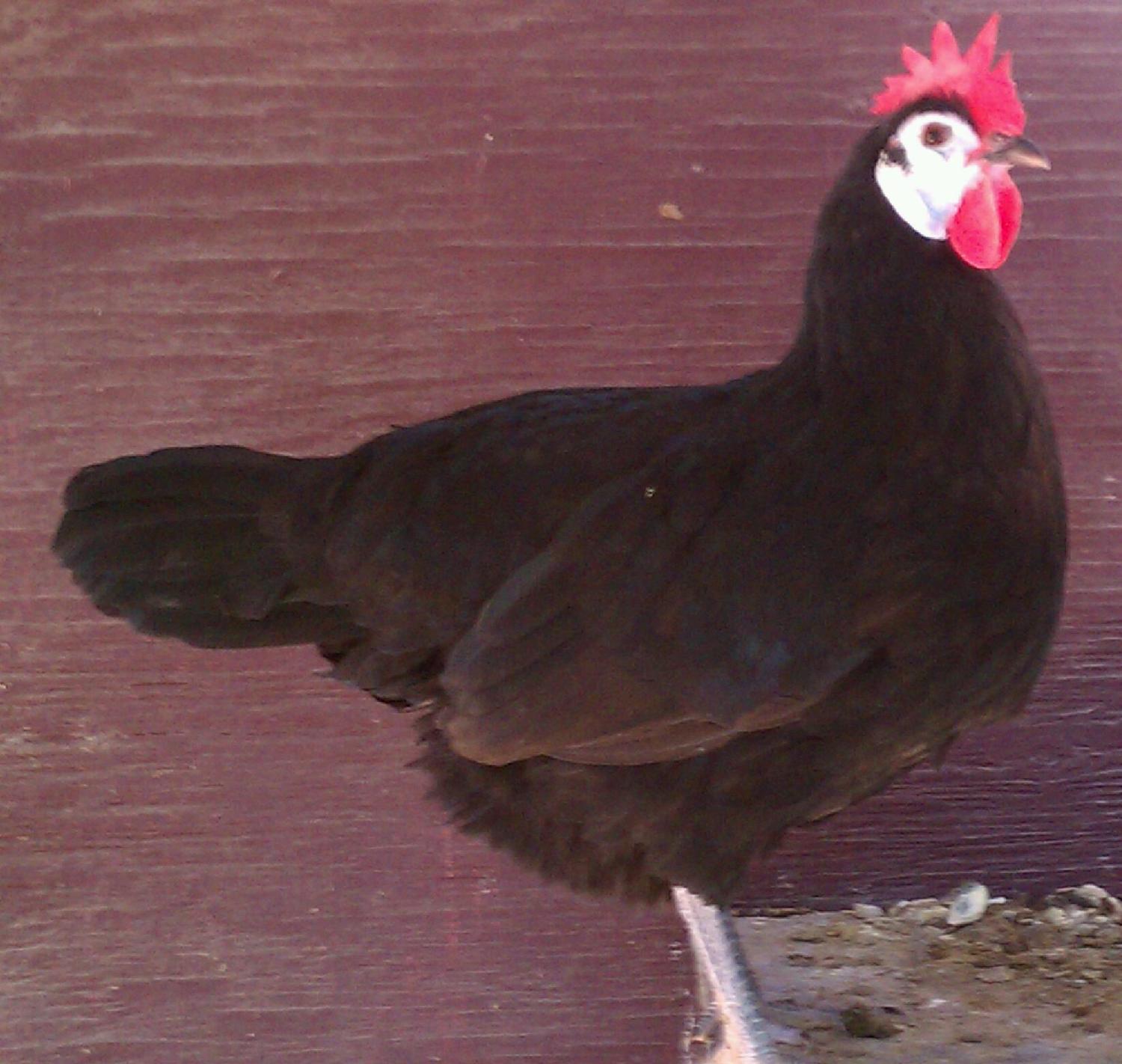I have posted in other WFBS threads, but I thought I would start a fresh one. These are great birds, hard to find, and very few people have them. I absolutely LOVE these birds and just got my first batch. I had to start with hatchery stock, but these seem like nice, healthy birds. I have also recently made arrangements to acquire eggs from Jim Bell of Tennessee this fall.
If you have pics of your birds, PLEASE post them here! I love to see pics of everybody's WFBS.
As soon as I have pics of my chicks, I'll post them.
If you have pics of your birds, PLEASE post them here! I love to see pics of everybody's WFBS.
As soon as I have pics of my chicks, I'll post them.





